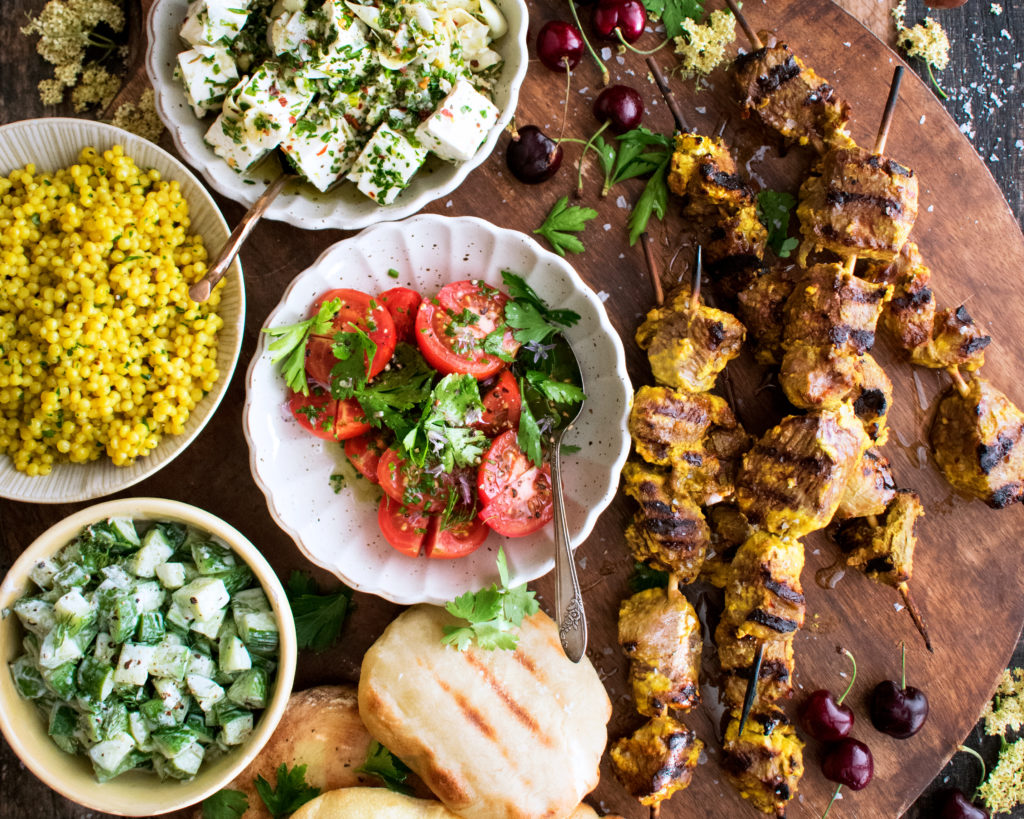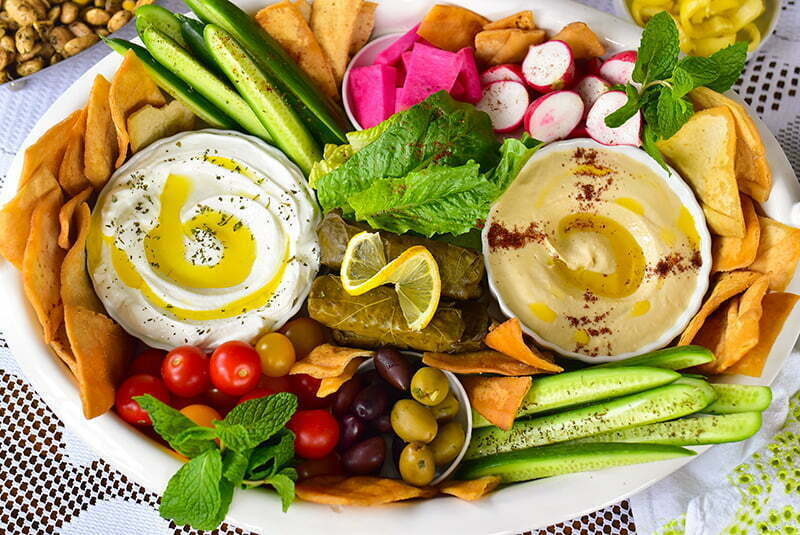
Meta Description:
Explore the rising intrigue around Cevurı—a Mediterranean-inspired dish blending traditional flavors, storytelling, and modern food culture.
Introduction : Dive into Cevurı
Is Cevurı the next big thing in Mediterranean cuisine—or just a mystery waiting to be unwrapped?
If you’ve been poking around foodie blogs or scrolling TikTok lately, there’s a good chance you’ve seen this unfamiliar word pop up. “Cevurı”—what is it? A dish? A concept? A typo that turned into a trend? Whatever it is, it’s definitely capturing imaginations (and appetites).
In this guide, we’re diving into everything you’ve ever wondered about Cevurı: its roots (real or reimagined), what’s in it, how it’s cooked, the health benefits, and even how you can try making it at home. Whether you’re a culinary explorer or just love a good food story, this one’s for you.
The Origins and Mythology of Cevurı
Is Cevurı Real or Reinvented?
Let’s be honest—Cevurı didn’t come from grandma’s cookbook. It’s more like a modern myth wrapped in pita bread. The word sounds strikingly similar to “çeviri,” which means “translation” in Turkish, and that might be how it started: as a mistranslation, a typo, or an internet blip that took on a life of its own.
But isn’t that kind of beautiful? In a world full of food fads, Cevurı is a delicious question mark that invites interpretation.
Cultural Roots and Influences
Though it may not have an ancient text to prove its origin, Cevurı pulls clear inspiration from Turkish, Levantine, and Mediterranean food culture. Think: grilled meats, bright herbs, bold spices, slow-cooked stews, and communal meals. It feels familiar even if you’ve never had it.
It’s the kind of dish you’d imagine eating in a sunlit courtyard surrounded by friends and laughter—a culinary passport to warmth and connection.
Ingredients That Define Cevurı
Core Ingredients (Real + Imagined)
Cevurı is flexible, but some ingredients just feel right:
- Yogurt-based marinades
- Spiced meats (lamb or chicken are favorites)
- Chickpeas or lentils for heartiness
- Loads of fresh herbs—mint, parsley, cilantro
- Dried fruits and pomegranate for bursts of sweet-tart
- Soft flatbreads or golden, saffron-scented rice
Each bite layers texture and flavor like a well-written story.
What Sets It Apart?
Cevurı isn’t just food—it’s a vibe. It’s about layered flavors, colorful plates, and meals that feel like a celebration. And honestly? It’s more about connection than precision. The magic is in how you share it.
Traditional Cooking Techniques (Real or Reimagined)
Charcoal Grilling & Clay Pot Stewing
Close your eyes and picture skewers sizzling over charcoal, or a stew slowly bubbling in a clay pot. That’s the essence of traditional Cevurı-style cooking. It’s rustic, unhurried, and full of soul.
I once tried making something similar on a backyard grill using marinated chicken and yogurt. The flavor was smokey and tender, and it instantly transported me somewhere far from my city kitchen.
Fermentation and Spice Roasting
Before you even start cooking, there’s a ritual—spices are dry-roasted to unlock their oils, and yogurt is left to ferment just a little longer for that tangy punch.
These small touches aren’t just about taste; they’re about honoring the process.
Iconic Dishes Inspired by Cevurı
Sample Dishes
You’ll see a few recurring stars in Cevurı-style menus:
- Cevurı Kebab – Marinated meat skewers, grilled and smoky
- Zarnıç Pilavı – Rice with nuts, dried fruit, and warm spices
- Minted Lentil Soup – Comforting and herby
- Tamarind Stew – Tangy, bold, and deeply spiced
- Spiced Flatbread Wraps – Rolled with grilled vegetables and creamy sauces
Why These Dishes Resonate
Every dish tells a story—even if the story is part-imagined. Some might be tied to festivals or fictional family traditions. But all of them feel meaningful, hearty, and homey.
Modern Twists on the Cevurı Tradition

Vegan & Plant-Based Versions
Today’s Cevurı is for everyone. Vegan twists like jackfruit kebabs, tofu stew with turmeric, or cashew yogurt dips are not only possible—they’re incredible.
I once served a vegan Cevurı bowl at a dinner party and had three guests ask for the recipe. It had crispy chickpeas, herbed rice, and a tahini-lemon drizzle. Zero meat, 100% magic.
Global Fusion Trends (TikTok-Approved)
Cevurı has made its way into:
- Tacos with pomegranate slaw
- Buddha bowls with lentils, rice, and grilled veggies
- Cevurı pizza with flatbread, hummus, and roasted lamb
- Sushi rolls with rice, yogurt sauce, and grilled meat
Social media made it a trend. The flavor made it stick.
Nutritional Benefits and Wellness Perks
Health Value of Ingredients
Cevurı is more than delicious—it’s nourishing:
- Antioxidants from spices like turmeric and cumin
- Probiotics in yogurt and pickled sides
- Lean proteins from chicken or legumes
- Fiber from lentils and herbs
It’s the kind of meal that feels indulgent but is secretly doing your body all kinds of favors.
As Forbes notes, the Mediterranean diet “…emphasizes whole grains, legumes, olive oil, fresh vegetables and fruits”
Why It Aligns with 2025 Food Trends
Clean, real, sustainable eating is in. Cevurı—with its whole ingredients and low-processing—fits the bill. It’s as comfortable on a trendy wellness blog as it is in a cozy kitchen.
Where to Experience Cevurı Today
Cultural Food Fairs and Pop-Ups
Some food trucks and market stalls are already experimenting with Cevurı-style dishes—think fusion wraps and herb-packed bowls. Look for Mediterranean food fairs or Turkish pop-ups in big cities.
Online Meal Kits and Cooking Channels
Can’t find it near you? No problem. YouTube, Instagram, and even a few meal kit companies now feature Cevurı-inspired recipes. It’s a click away.
How to Make a Cevurı Meal at Home
Sample Menu for Beginners
Here’s a simple menu to try:
- Minted Lentil Soup
- Spiced Chicken or Jackfruit Kebabs
- Saffron Rice with Pomegranate
- Flatbread + Yogurt Sauce
High-Value Cooking Tips
- Toast your spices to deepen flavor
- Marinate overnight if you can
- Use fresh herbs—they’re non-negotiable
- Balance textures—creamy, crunchy, chewy for the win
You don’t have to be a chef. Just start cooking with heart.
FAQs About Cevurı
Is Cevurı a real dish?
It’s a creative concept, not a traditional recipe. But it’s real in flavor, spirit, and how people enjoy it.
What does the word mean?
It’s possibly a twist on “çeviri,” meaning translation in Turkish. A beautiful mistake turned culinary trend.
Is it healthy?
Very. It focuses on clean, whole ingredients and bold, natural flavors.
Where can I learn to cook it?
Instagram reels, YouTube, and even meal kits are great places to start.
Conclusion – Why Cevurı Matters
Whether Cevurı is rooted in history or born from a digital daydream doesn’t really matter. What matters is that it’s inspiring people to gather, to cook, and to explore culture through food.
It’s a dish that celebrates imagination and community—and isn’t that what good food is all about?
So go ahead. Make your own Cevurı. Share it. Rewrite its story on your plate. You just might start your own tradition.



